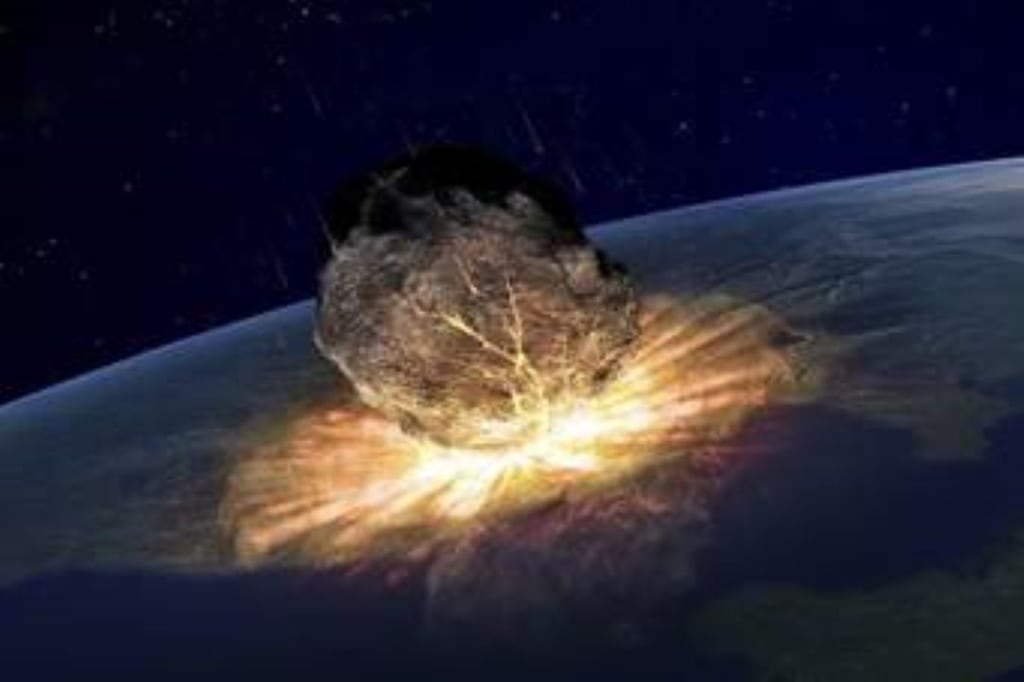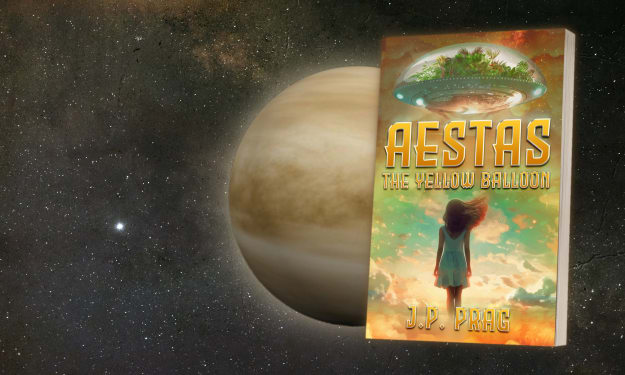But It's A Big Ass Sky
Apophis Is Coming, 19,000 Miles From Earth

Sixty-six million years ago an asteroid slammed into the earth creating the Chicxulub crater in Mexico. The explosion from the impact yielded more power and destructive force than the bombs that struck Hiroshima and Nagasaki. It released a slew of gasses sending the earth into a nuclear winter. Scientists believe that the average temperatures plummeted by sixty-eight degrees and the dust and gasses of the asteroid strike released into the air. In what would be a short time, over two-thirds of the life on earth went into extinction.
In an infinite Universe, the question is less will it happen again and more when will it happen again?
A near-Earth asteroid, Apophis, has an orbit around the sun that brings it near the earth a number of times since its' discovery. In 2004, it was rated as having a 2.7 % chance of hitting earth in 2029, causing a great deal of media attention. Again, there was a perceived chance of it striking in 2036, and in the year 2029, just eight years from now, its flyby puts it within nineteen-thousand miles of earth. This puts Apophis closer than our geostationary communications satellites. While it should just be quite a show for astronomers and those with a satellite, it sparked a great deal of discussion and concern.
What if it hits the earth?
On a Friday, Friday the 13th, in April of 2029, Apophis will pass as close as 19,000 miles from earth. If you're superstitious, look at the skies that day. If it struck the earth, the effects would be felt for great distances as the widespread destruction and chaos that ensues would stretch for several hundred kilometers from the impact site. The energy released would be the equivalent of tens to hundreds of nuclear weapons detonating simultaneously or the exploding of 1,000 megatons of TNT.
Solutions?
While many studies are being conducted by NASA and the Jet Propulsion Laboratory, solutions to the question of an asteroid striking the earth are still few and in development. One of the solutions involves using a spacecraft that would rendezvous with the asteroid. If you're thinking you have seen the movie, it's less dramatic by far. In this case, the craft would rendezvous but not land on the asteroid, using the mutual gravitational attraction between the craft and the asteroid to slowly alter the course of the asteroid. NASA admits this requires years of advanced notice and monitoring to accomplish. Anybody remembering Billy Bob Thornton in Armageddon, "Frankly sir, that's a big ass sky."
The second solution is to use a kinetic impactor. It's the simplest and the most technologically available method to defend against an asteroid strike by today's standards. The method involves using a spacecraft to strike into the asteroid, called the Double Asteroid. The method is currently untested until NASA makes an attempt on Didymos B, sometime in the year 2022.
The nuclear option is literally to detonate a nuclear weapon and is considered a last resort in the studies on NEO deflection. While it may be the most effective, and the force of the explosion may move an asteroid off its path, it's yet to be tested and considered an option for extremely close-by asteroids.
With the greatest minds that NASA and the international space community can find, the problem of asteroids striking our planet should, under the best of circumstances, bring humanity together. The effort to protect the planet is one for all humankind if humanity ever starts acting like we're all in this life together.
About the Creator
Jason Ray Morton
I have always enjoyed writing and exploring new ideas, new beliefs, and the dreams that rattle around inside my head. I have enjoyed the current state of science, human progress, fantasy and existence and write about them when I can.






Comments
There are no comments for this story
Be the first to respond and start the conversation.